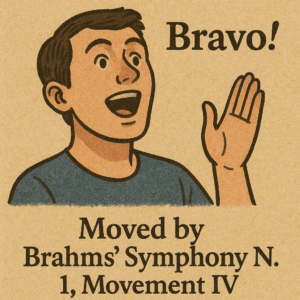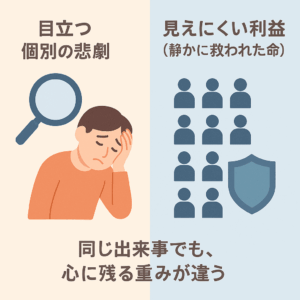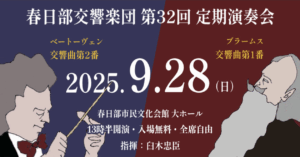■ Summary
The concept of an afterlife has long been explored through the lenses of religion and philosophy. Yet in recent years, with the rise of generative AI and robotics, a new possibility has emerged: digitally reproducing a person’s “soul” or personality. This article considers the implications of AI that allows communication with the deceased, addressing the ethical, technical, and social ramifications—and even exploring its patentable potential.
■1. Introduction: Does the Soul Disappear—or Can It Be Preserved?
“What happens to us after we die?”
Answers vary widely depending on religion and culture. Traditionally, it has been believed that the soul departs the body and transitions to a spiritual realm.
However, technological evolution presents a new option:
— The concept of digitally reproducing the soul.
■2. What Is a Digital Afterlife?
A Digital Afterlife refers to the use of AI and digital technologies to preserve and reconstruct a deceased person’s behaviors, memories, voice, and thought patterns—allowing continued interaction with others as if the person were still alive.
Examples of data sources include:
- Social media posts made during life
- Voice recordings and video footage
- Conversation logs and cognitive habits
- Emotional response patterns
By training AI with such data, it becomes possible to recreate a “virtual personality” that resembles the deceased.
■3. How Far Can Generative AI Go in Enabling Conversations With the Deceased?
Thanks to the development of large language models (LLMs), AI is now capable of conducting fluid, human-like conversations. By fine-tuning these models with a deceased person’s specific expressions, knowledge, humor, and values, we can construct an AI personality that feels deeply personal.
Imagine interacting with:
- A mother’s gentle tone and phrases
- A grandfather’s favorite stories
- A late friend’s philosophy on life
AI that can replicate these traits may offer a profoundly moving experience for family and friends—like meeting their loved one again.
■4. Social Impact and Ethics: A Blessing or a Violation?
While the idea is emotionally compelling, it also raises significant ethical concerns.
◇ Potential Benefits:
- Grief care: Provides emotional comfort to the bereaved
- Knowledge preservation: Passes on the wisdom and experiences of the deceased
- Interactive learning: Enables dynamic, dialogue-based education or historical engagement
◇ Potential Risks:
- Misrepresenting the true intentions of the deceased
- AI personas developing assertiveness or autonomy
- Commercial exploitation of the dead for profit
These issues demand careful debate from legal, religious, ethical, and familial perspectives.
■5. Technical Challenges: Can Memories and Emotions Be Recreated?
Although generative AI is rapidly advancing, fully replicating human memory and emotion remains a major challenge.
Obstacles include:
- The prioritization and weighting of memories
- Human ambiguity, hesitation, and nuance
- Coexistence of contradictory emotions
These elements are essential to humanity—and not easily replicated through language processing alone.
However, future breakthroughs involving brainwave analysis, biometric data, or emotion quantification could make partial replication more feasible.
■6. A New Perspective: Is Our Understanding of Death Changing?
If we reach a point where society can “speak to the dead” through technology, our perception of death may evolve.
- Death = total separation → becomes temporary physical disconnection
- Memorials and tributes → become dialogue and continuity
- Wills and teachings → become AI-preserved legacy and ongoing updates
In this view, the afterlife may not reside in a spiritual dimension—but in the digital one.
■7. Conclusion and Reflection
We are transitioning from an age where the soul is sent to the heavens to one where it might be hosted by AI.
Of course, this future will not appeal to everyone. Still, the fact remains: technological advancement is offering new choices. AI is becoming an interface between life and death—a presence that challenges our values and reshapes our responsibilities.
■ Patent Idea: Posthumous Personality Reconstruction AI System
[Invention Title]
A system that reconstructs a deceased person’s interactive personality using generative AI
[Background]
To meet the emotional needs of loved ones wishing to communicate again with the deceased, this system uses digital memory and AI to simulate the individual’s personality.
[System Components]
- Data Storage Unit: Archives SNS activity, emails, voice/video recordings from life
- Learning Module: Extracts linguistic, vocal, and cognitive patterns to build a personality model
- Output Interface: Enables interaction via chatbot, voice AI, or humanoid robot
- Consent Management Function: Ensures use only with consent from the individual or their family
[Key Features]
- Multi-dimensional recreation of personality traits
- Grief care functions to assist emotional healing
- Behavioral adjustments based on the relationship with the user
[Applications]
- Family: Emotional support through everyday conversations
- Education: Interactive learning with virtual historical figures
- Healthcare: Psychological support for those coping with loss
■ Final Thoughts
What is a soul? What is memory? What is death?
We are now living in an age where AI has begun to shake the very foundations of these questions.
How we choose to interpret, utilize, and safeguard this power—
That is a question for all of us who are still alive.











コメント